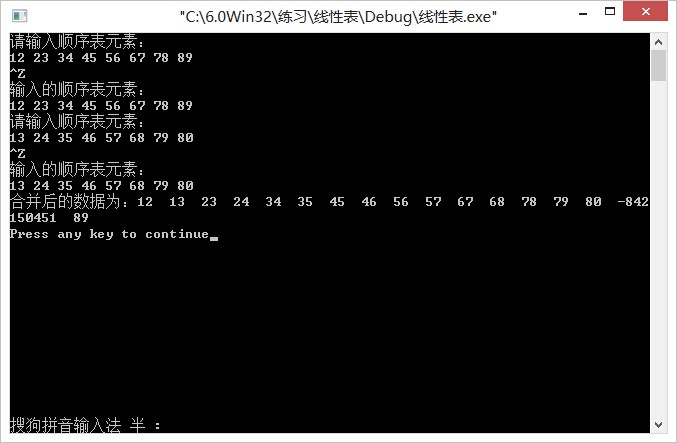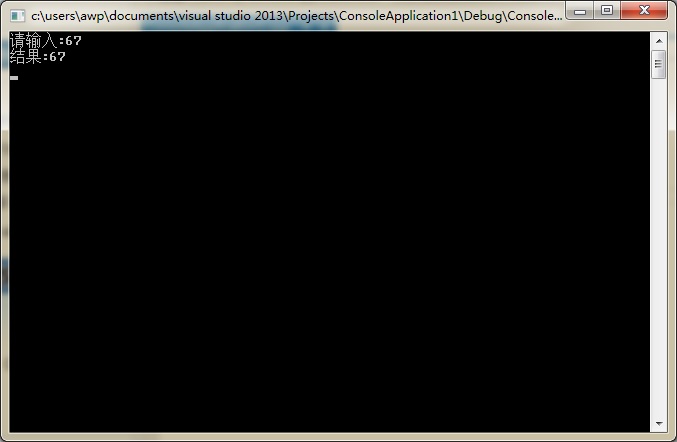70,026
社区成员
 发帖
发帖 与我相关
与我相关 我的任务
我的任务 分享
分享void Create_SqList(SqList &L)
{
int n,i=0;
int *newBase;
printf("请输入顺序表元素:\n");
scanf("%d",&n);
while(sizeof(n))
{
if(i>=L.listsize) //自定义顺序表大小超过初始化大小
{
newBase=(ElemType*)realloc(L.elem,(L.listsize+LISTINCREMENT)*sizeof(ElemType));
//为初始顺序表以LISTINCREMENT大小重新增加存储空间
if(!newBase)exit(OVERFLOW);
L.elem=newBase;
L.listsize+=LISTINCREMENT;
}
L.elem[i++]=n;
}
L.length=i;
printf("输入的顺序表元素:\n");
for(i=0;i<L.length;i++)
printf("%d ",L.elem[i]);
printf("\n");
}
while (scanf("%d", &n) == 1)
{
...
}
 trl+Z才能结束,而且我在建立两个线性表后按升序合并后倒数第二个总会出现一个这个
trl+Z才能结束,而且我在建立两个线性表后按升序合并后倒数第二个总会出现一个这个
while(scanf("%d",&n)!='\n')